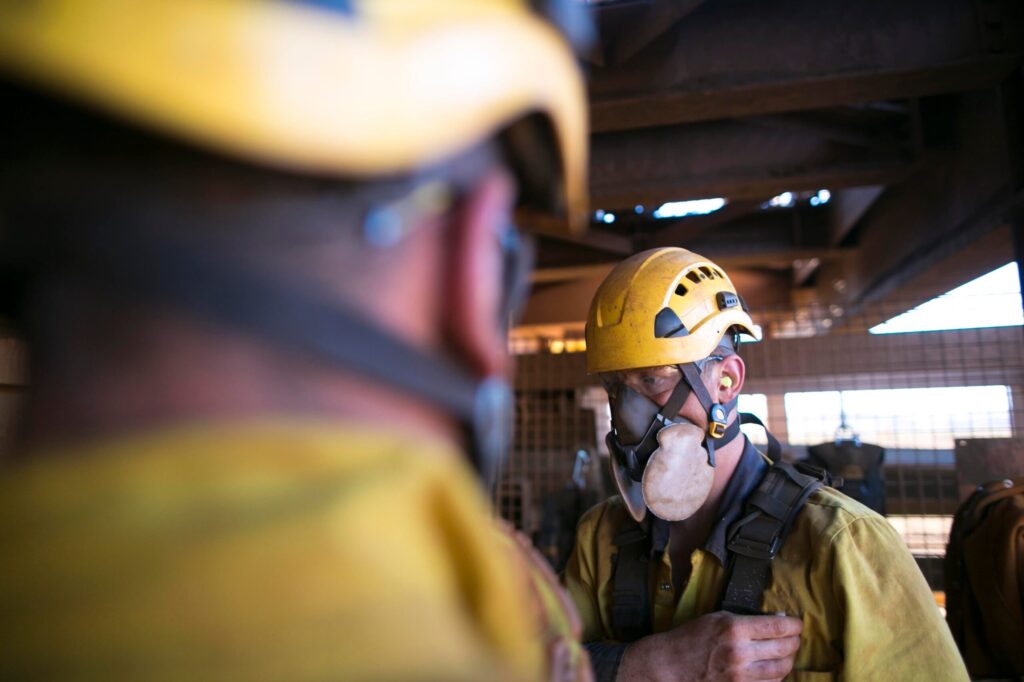Personal Inhalable Dust Assessment
Project Background

EnviroScience Solutions were engaged to attend a food processing plant in Central New South Wales to conduct their second round of personal inhalable dust sampling – with the first round completed 12-months previously.
Solution
EnviroScience Solutions were engaged to conduct the manufacturing plant’s second round of personal inhalable dust sampling – with the first round completed 12-months previously.
In addition, a real-time 3M Environmental Monitor was utilised at strategic locations along the manufacturing process line to gauge background dust concentrations measured at PM level (all dusts sized from 0 – 100µg).
In line with the 2018 sampling, the intent of the dust sampling strategy was to provide a ‘snapshot’ of worker dust exposure during a normal process line operation, gather baseline data, and understand the magnitude of potential worker exposure.
The sampling regime was aligned with the previous year’s study, with five personal samples taken and one utilised as a quality control field blank. The methodology used for the airborne dust sampling strategy was personal inhalable dust sampling consistent with recognised Australian Standards.
The concentrations were compared to the exposure standard of 10mg/m3 (8 – Hour TWA) for nuisance dusts. The personal inhalable dust results returned concentrations similar to the previous year results, with no samples exceeding the 4mg/m3 (8 – Hour TWA) exposure limit chosen, and no samples elevated to trigger a 50 per cent action level.
Meanwhile the background concentrations recorded results that were significantly below the chosen 10mg/m3 exposure level for nuisance dusts.
Conclusion
Based on the results, the Work Health & Safety legislative compliance obligations were met on the day of sampling in relation to airborne contaminants management. However, some recommendations were outlined in regard to work processes and relevant dust control measures during operations. These included conducting a team-based risk assessment to determine points for dust generation and examine all levels of exposure controls, the inspection of machine extraction systems for effectiveness by an industrial ventilation engineer to ensure maximum dust extraction efficiency during planned maintenance, the development of a Respiratory Protection (RPE) education program, a review of the vacuum unit and associated cleaning devices (including a periodic preventative maintenance schedule), and the purchase (or hire) of a real time electronic dust measuring device.
